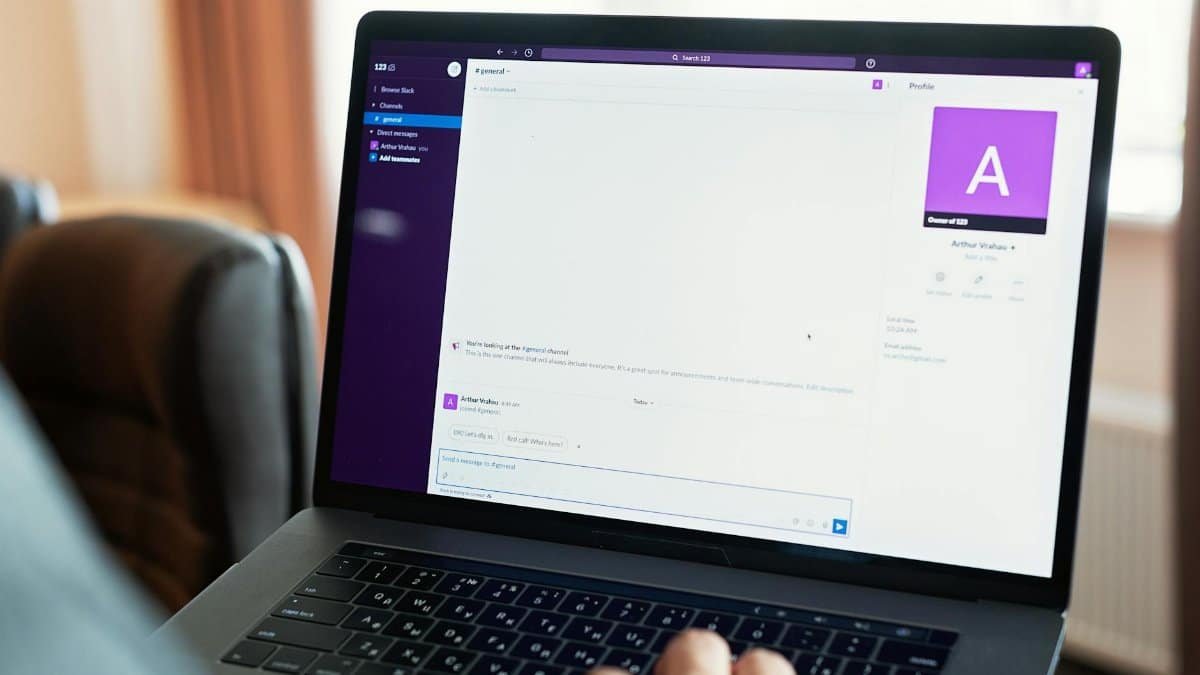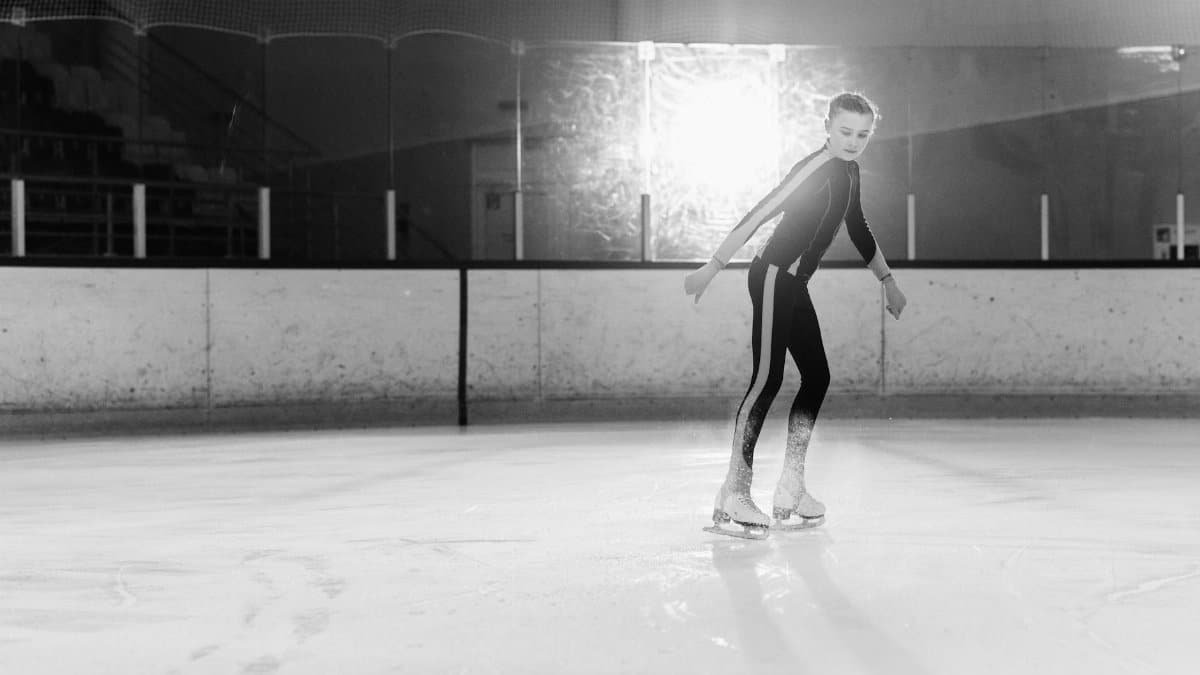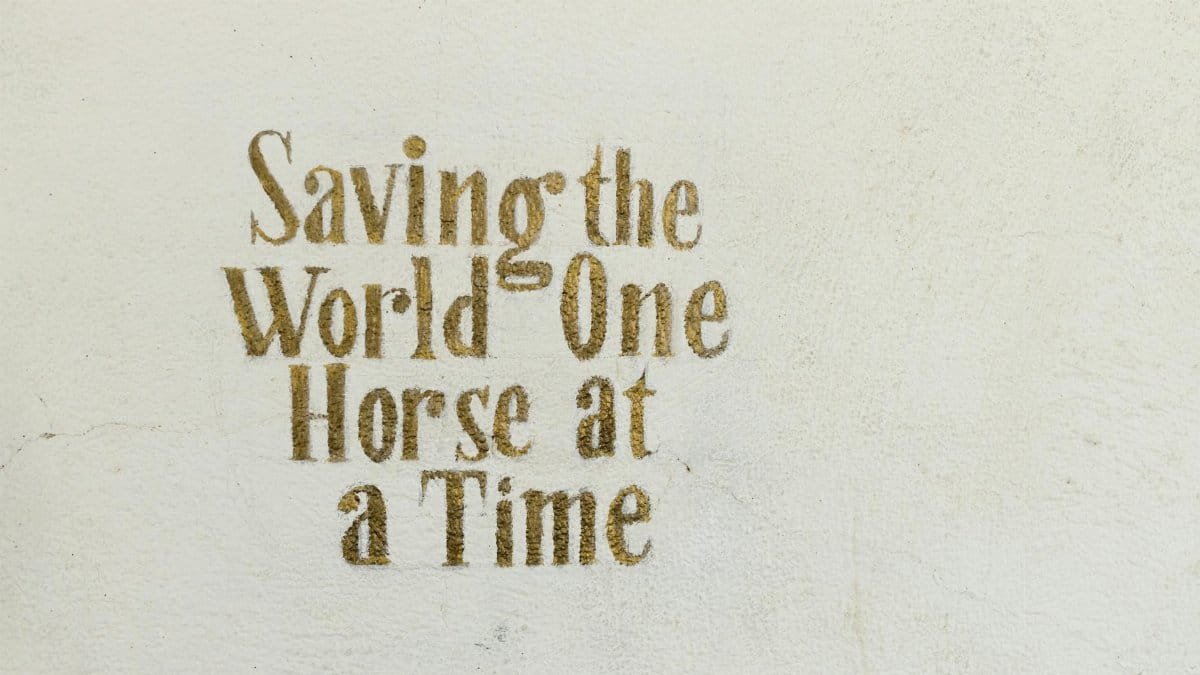In a world of rapid-fire emails, could a single moment of gratitude change how you communicate? Enter the “email gratitude breath”—a quick, intentional pause to center yourself with a deep breath and a grateful thought before hitting send. This micro-practice is gaining traction among professionals seeking to soften their tone and reduce workplace stress. It’s simple, fast, and might just transform your inbox interactions. Here’s why this tiny habit is making waves and how to make it work for you in 2025’s fast-paced digital landscape.
What Is the Email Gratitude Breath?

The email gratitude breath is a mindful technique where, before sending an email, you take one deep breath and think of something you’re grateful for—whether it’s the recipient, the opportunity, or just a small win. This 10-second act aims to shift your mindset, helping you craft messages with more empathy and less reactivity. It’s rooted in mindfulness practices that emphasize intentionality in everyday actions.
Why It Matters in Digital Communication

Emails often carry unintended sharpness, especially under pressure. Studies show that miscommunication in digital spaces can escalate conflicts, with tone being a major culprit. A 2021 report from the University of California, Irvine, highlighted that email stress impacts workplace morale ( UC Irvine ). The email gratitude breath counters this by fostering a moment of calm, potentially reducing misunderstandings.
The Science Behind a Single Breath

Taking a deep breath activates the parasympathetic nervous system, lowering stress hormones like cortisol. Research from Harvard Medical School supports that even one mindful breath can interrupt the fight-or-flight response ( Harvard Health ). Pairing this with a grateful thought amplifies the effect, as gratitude has been shown to boost positive emotions and improve interpersonal connections.
How to Practice It Effectively

Keep it simple: After drafting your email, pause. Inhale deeply for four seconds, hold for four, and exhale for four. As you breathe, think of one thing you appreciate about the situation or person. Then, reread your message with fresh eyes before sending. This quick reset can soften harsh phrasing or catch errors you might’ve missed in a rush.
Who Can Benefit Most?

This practice suits anyone navigating high-stakes or high-volume email exchanges—think managers, customer service reps, or freelancers juggling clients. It’s especially useful during tense exchanges where a reactive reply could damage relationships. If your inbox feels like a battlefield, this micro-habit offers a ceasefire in just one breath.
Real-World Impact

Professionals testing this method report tangible shifts. A marketing coordinator in Chicago shared, “I used to fire off emails in a huff. Now, with the email gratitude breath, I’m less defensive—my replies get better responses.” While anecdotal, such feedback aligns with broader mindfulness trends showing small pauses can improve communication outcomes in stressful environments.
Challenges to Watch For

It’s not foolproof. In a crunch, pausing might feel like a luxury you can’t afford. Skeptics may also dismiss it as too “woo-woo” for professional settings. The key is consistency—making it a reflex takes practice. Start with low-pressure emails to build the habit before tackling tougher conversations.
Making It a 2025 Habit

As remote work and digital overload persist, tools like the email gratitude breath could redefine workplace wellness. Set a reminder on your device or sticky note by your desk to prompt the habit. With email fatigue still a top stressor in 2025, this small act of mindfulness might just keep your communications—and your sanity—intact.
